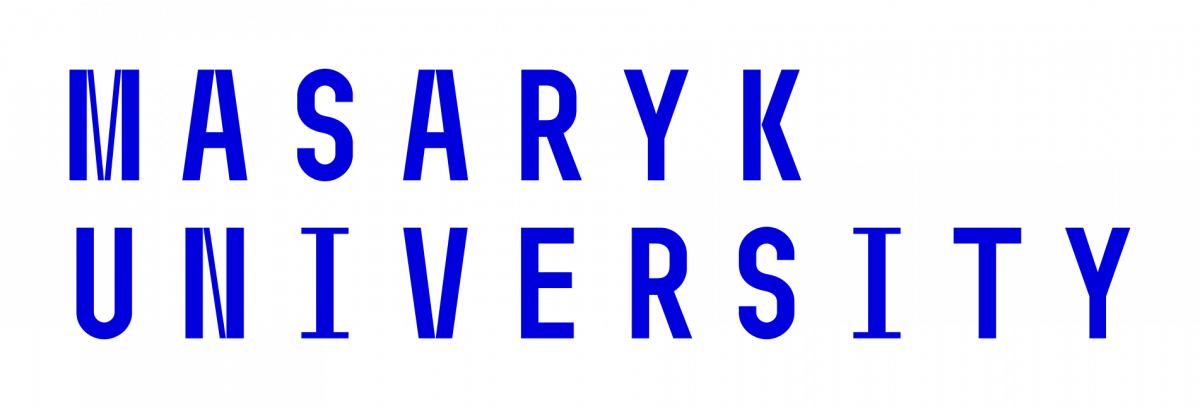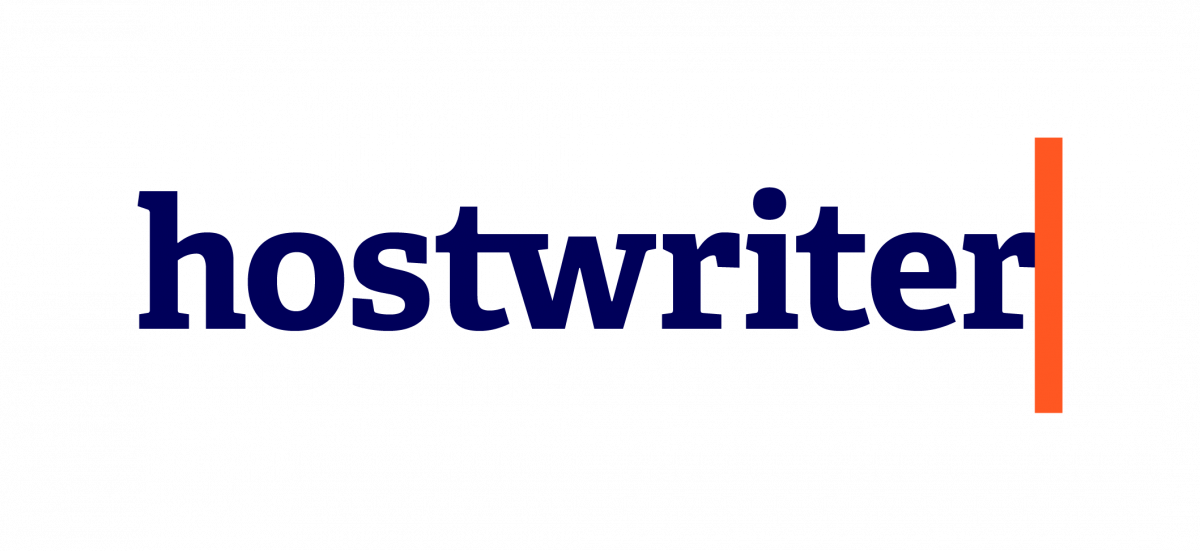NEWSREEL2 - NEW TEACHING FIELDS FOR THE NEXT GENERATION OF JOURNALISTS (2020-2023)
The primary goal of NEWSREEL2 - New Teaching Fields for the Next Generation of Journalists is to improve such skills of a new generation of European journalists that are connected to the use of digital communication opportunities in a creative and responsible way for enhancing social benefits of the digital era. The project is the extension of the Erasmus+ KA2 project NEWSREEL - New Skills for the Next Generation of Journalists.
Creative and responsible use of digital tools is an indispensable ability of journalists. They should remain reliable and trustworthy sources of news in the digital noise to counterpoint the unverified information that affects the raw emotions and temper of the audience. To achieve these objectives, in the framework of NEWSREEL2, we will develop innovative teaching methods and materials for media and journalism students.
The project focuses on 9 professional fields:
1. Storytelling in social media in order to students learn how to present journalistic contents on social media networks;
2. Graphic journalism to get to know the basic tools and subgenres of comics journalism;
3. Improving democratic sensibility to be aware their social role and responsibility in a democratic society of the digital age;
4. Covering migration to improve their research and reporting skills, and understanding migration in a global context;
5. Foreign coverage to be able to contribute to a more balanced coverage of international topics;
6. Journalism for voice-activated assistants and devices to learn how to use them and see the potential that they can bring to newsrooms;
7. AI and journalism, robot journalism and algorithms to know how it can be used, and see clearly its potential and threats;
8. Verifying and analysing fake news to be able to identify information and opinion going viral and to verify information with the help of suitable tools and softwares;
9. Debunking disinformation to get solid knowledge regarding the mechanisms used for debunking fake news and disinformation.
Regarding these fields, the methodology used in the project's implementation phase is based on the following 7 steps process:
Phase 1: Conducting a research to introduce the current status of the new type of skills and tools of journalism and the needs of the stakeholders;
Phase 2: Developing curricula in order to establish the structure of the e-learning materials and embed these skills and tools into the programmes of journalism studies;
Phase 3: Developing electronic learning materials and teaching methods primarily for blended learning university courses, and organizing a summer school with interactive workshops on the project fields, with the aim students work together on journalistic projects in multinational teams;
Phase 4: Publishing a teaching guide with dedicated chapters to the specific courses, that summarizes the professional and methodological content of the project, and having courses at the participating universities as a pilot teaching activity;
Phase 5: Publishing an online glossary that helps to build a common knowledge base and cover all of our professional fields.
Furthermore, the project aims to facilitate an efficient international cooperation primarily between university-based journalistic ecosystems. Therefore, NEWSREEL2 will be implemented by
- the Department of Communication and Media Studies at the University of Pécs (as project leader);
- the Erich Brost Institute for International Journalism, an affiliated institute of TU Dortmund;
- the CIES-IUL - Centre for Research and Studies in Sociology at the ISCTE-University Institute of Lisbon;
- the Faculty of Journalism and Mass Communication at the University of Bucharest;
- the Department of Media Studies and Journalism at the Masaryk University;
- Hostwriter, an NGO that helps journalists to collaborate.
All of the developed project materials during NEWSREEL2 will be available on the project portal. The materials of the NEWSREEL projects altogether will be suitable for implementing a joint educational programme between the partner universities in the near future.
NEWSREEL - NEW SKILLS FOR THE NEXT GENERATION OF JOURNALISTS (2017-2020)
Journalists have an essential role in the new media landscape as a pillar of credible and contextualized information. Being in competition with several alternatives, non-professional or even deliberately manipulated news, professional journalism should be empowered by new competencies and skills. Among the opportunities enabled by digital technologies, processing, analysing and visualizing big amounts of data as well as the multi-sectoral and digital cross-border co-operations open new fields of journalistic activities, and new ways to speak about public issues. However, this environment also entails technical and economic risks, and it demands expertise in IT security as well as the development of business models and strategies from journalists and media companies. Journalists face several ethical challenges that should be handled to meet their social responsibilities. Fake news and hate speech have become a big issue in the public sphere, and so have whistleblowing and activism.
By improving skills of a new generation of European journalists, NEWSREEL contributed to the strengthening of the common European democratic public sphere by improving the collaborative and cross-border journalism that is able to elaborate and make tangible the huge amount of available data, and that is based on a predictable business strategy and a firm ethical foundation.
The project focused on 4 professional fields:
1. Computer-assisted reporting (data journalism), data visualization: The purpose of this field is to help journalists reporting more credible stories, based on the more precise information. Putting data in a visual form may reveal patterns and insights that weren’t identifiable otherwise. In this way, the audience can better understand complex issues.
2. New business strategies and models of journalism: The technological and economic development brought significant risks for journalism as well. By the weakening of the traditional forms of monetization of media products and services, the stable financial sustainability of high-quality journalism has been endangered; the weaker the media market of a country is, the higher the risk for journalism’s financial problems, especially quality journalism.
3. Collaborative journalism: We use this term in different but connecting meanings. It covers teamwork, cross-border and multi-sectoral collaboration. Transnational team-working is a key element. European cross-border investigations can improve the transparency of the European social political and economic decision making and the expenses of the European public money, but also transnational private business conduct and even transnational criminal activities. Transnational journalism is in the position to highlight best practices in handling the free circulation of goods and services, capital and people (be workers, students or tourists). The increasing complexity of journalism projects makes necessary the cooperation between experts of several fields, such as journalists, data journalists, IT experts and designers.
4. Ethical challenges of the digital public sphere: The social responsibility of journalists in the digital public sphere is greater than ever. They still should provide credible information on the public issues, but they have to compete with a mass of non-professional, often inaccurate information. Digital technologies enable whistle-blowers to deliver sensitive information to journalists, without disclosing their identity. Journalists face day to day aggressive communication against particular social groups, political decisions but also their own performance. Journalists become easily activists, turning away from the positions of observer and reporter, traditionally devised for this professional activity.
The main goal of the project was developing e-learning materials connected to the given fields. All educational materials produced by the project were made openly and freely accessible through open licenses via the project’s website.
Phase 1: Researching and benchmarking
The aim of phase 1 was to ground the development of syllabi and teaching materials that can be incorporated in journalism education at universities and that are able to reflect on the needs of the stakeholders in the participating countries. The initial conditions – e.g. the state of journalism education regarding new skills and tools of journalism, the spread of journalistic performances based on new skills and tools – are different in the participating countries, and these have not been mapped in previously published analyses.
Phase2: Developing syllabi
In this phase we were developing detailed syllabi for establishing the structure of the e-learning materials and embedding these materials into the programs of journalism studies. We developed four syllabi in the fields of
• computer assisted reporting (data journalism), data visualisation,
• financial planning of journalism projects, business plans and strategies,
• collaborative journalism (teamwork in journalism, cross-border journalism, multi-sectoral cooperation)
• ethical challenges of the digital public sphere.
All of the syllabi are freely available on the project website.
Phase3: Developing e-learning materials
The core activity of the project was developing and publishing e-learning materials in English on the topics of
• computer assisted reporting (data journalism), data visualization,
• financial planning of journalism projects, business plans and strategies,
• collaborative journalism,
• ethical challenges of the digital public sphere.
All of the e-learning materials include
• the elaborated professional textual content of the given field,
• multimedia elements (graphics, audio and video extensions),
• interactive tutorials for deepening and controlling the obtained knowledge, and for using the materials for self-education,
• methodological guidelines for using the materials in classroom-teaching,
• a list of literatures.
The e-learning materials were planned primarily for using as teaching materials for university courses. However they were established in order to learn without any teacher’s supervision.
Phase4: Developing a teachers’ guide
The set of activities in Phase 4 aimed at testing and finalizing the syllabi and the e-learning materials, and at summarizing the project results in a form that helps to use the results by third parties. As a result of these activities we had
• courses at the participating universities as a pilot teaching activity, all of the participants organized at least one course with 14 lessons (at least a one semester long course); during these courses, we implemented the syllabi and used all of the e-learning materials,
• a teacher’s guide that summarizes the professional and methodological content of the project; it gives a detailed description on the skills and competencies developed by the teaching materials, a collection of practical examples, and a commented collection of the teaching materials,
• an international collaborative journalistic project for students from the participating universities,
• an international student workshop on the four professional fields of the project
Phase5: Creating a glossary
During phase 5, we were collecting the notions and terms connected to journalism in English, that helps to build a common knowledge base. Because of the novelty of the elaborated information and competences, there is no common framework of notions and terminology. The structure of the glossary follows the fields of the syllabi and the e-learning materials.








